6 KEYS TO SUCCESSFUL LEAD NURTURING
6 KEYS TO SUCCESSFUL LEAD NURTURING
Lead nurturing is the process of building relationships with buyers throughout the buyer’s journey by providing high-quality content that is relevant and engaging at each stage of their journey. The goal, of course, is to move prospects through the funnel quickly and to convert into paying customers. Marketing and communication efforts focused on listening to the needs of prospects and providing the information and answers they are looking for is essential to this process. Workflow automation tools such as HubSpot are also a great way to assist you in this process by automatically closing stale leads or convincing your prospects that you have the right solution for them. Wondering what else your company can do to convert your leads into buyers?
Here are the 6 key steps to successful lead nurturing we have identified:
1) Identify Your Ideal Client Profile/Buyer Persona
An Ideal Client is someone that can use your service or product to solve their problems or needs. For example, let's say you have a dog walking service. Anyone with a dog could use your service of course, but over time you have found that your most regular and repeat customers are busy single professionals that are at work all day and do not have time to walk their furry friend themselves. You might then run a dog walking special from the hours of 9-5. By identifying the demographic most likely to use your service you can cater your marketing to appeal to that group.
2) Learn the 3 Stages of the Buyer’s Journey
Prospects move through three stages of the buyer’s journey: Awareness, Consideration, and Decision. During Awareness, the buyer is determining possible solutions to their problem, issue, or product need. During Consideration, the buyer begins to investigate different options. Finally, during the Decision phase, the buyer has decided to purchase and is looking to support their decision. Sending an offer to set up a meeting to discuss your services with a prospect in the Awareness phase will most likely go unanswered, but during the Decision phase could prove fruitful. To be successful, present different content throughout these different stages to help ease your prospects to the next phase.
3) Make Awareness a Priority
Creating the perfect content for your ideal client is useless if they don’t begin the journey in the first place. This is why Awareness is a critical component. Create engaging content and optimize it around keywords the buyer is searching for when researching their need. Also, make sure your campaigns contain all of the keywords your prospects might use. Google Keywords Planner can be used to supplement this process. The goal in the Awareness phase is to provide engaging content that answers questions the buyers didn’t already know. Quality content will also help increase the organic search ranking of your website.
4) Utilize Lead Scoring
Lead scoring is a system used by sales and marketing professionals to identify the worthiness of a lead by attaching a value to it. The value is based on the information provided and behavior related to interest in a product or service. The higher the ranking, the more likely the prospect will convert into a customer.
Segmenting and lead scoring is critical to great workflows and getting the right offer to the right person at the right time. Too many companies push all leads into one giant bucket and then wonder why they quickly opt out of communication.
5) Get a Workflow Tool
A 2017 study showed that 82% of companies agreed that marketing automation could make them more efficient, delivers an ROI and can increase marketing’s contribution to the pipeline. Why? Because automating workflow makes following up on leads easy! Also because it makes delivering the right offer to the right people at the right time, possible. Workflow tools such as HubSpot or Autopilot align content and offers you’ve created with your inbound strategy to nurture leads through to the decision stage.
6) Evaluate and Optimize
Lead Nurturing is one of the most critical processes for any marketing or sales department. Having a direct effect on your company’s bottom line, you need to ensure that your workflow is well-designed, transparent, and measurable. Evaluating your existing workflow will allow you to see what’s working and what’s not. Brainstorm with your marketing team and ask questions such as what happens when a lead fills out a form requesting an ebook? They receive the ebook download and then what? Are they contacted again? When? How? Mapping out these existing workflows will allow you to see the gaps in your workflow if any. It will also allow you to see additional opportunities to reach out to your prospects. Once you have thoroughly evaluated your current system, you can begin to revise it, improve it, and optimize it. Let your workflow tools do the heavy lifting for you!
The Bottom Line
Lead Nurturing is an essential marketing strategy for any growing business. Don’t wait and hope your customers find you. Lead them to your business or product by creating engaging and relevant content and providing that content at the right time. Don’t waste time marketing to the wrong demographic, identify your ideal customers, craft an appropriate message and reach out, when the time is right. Set up a system and let your workflow tools do the rest. Before you know it, you will have customers lining up, ready to get onboard with your service.

